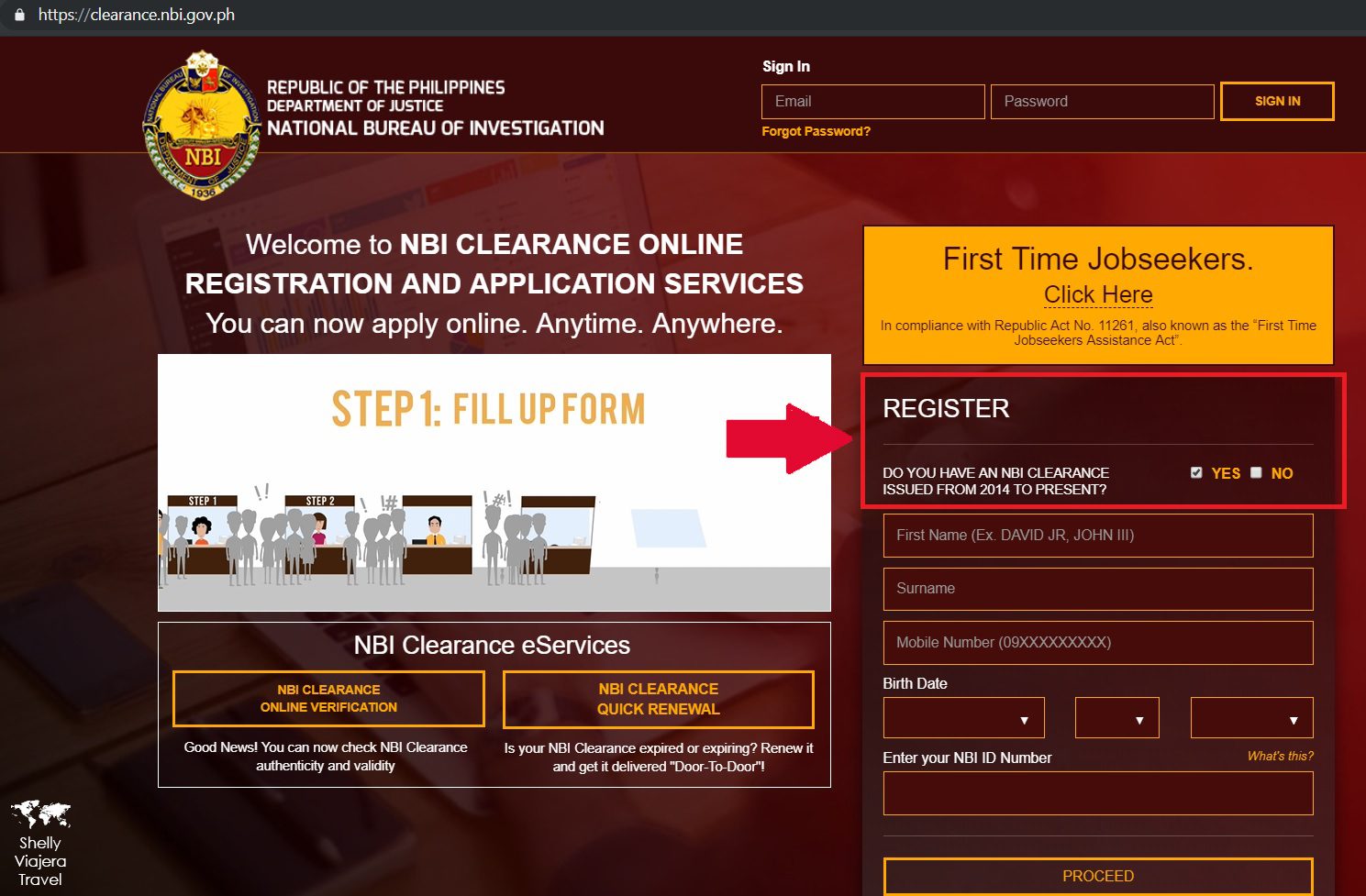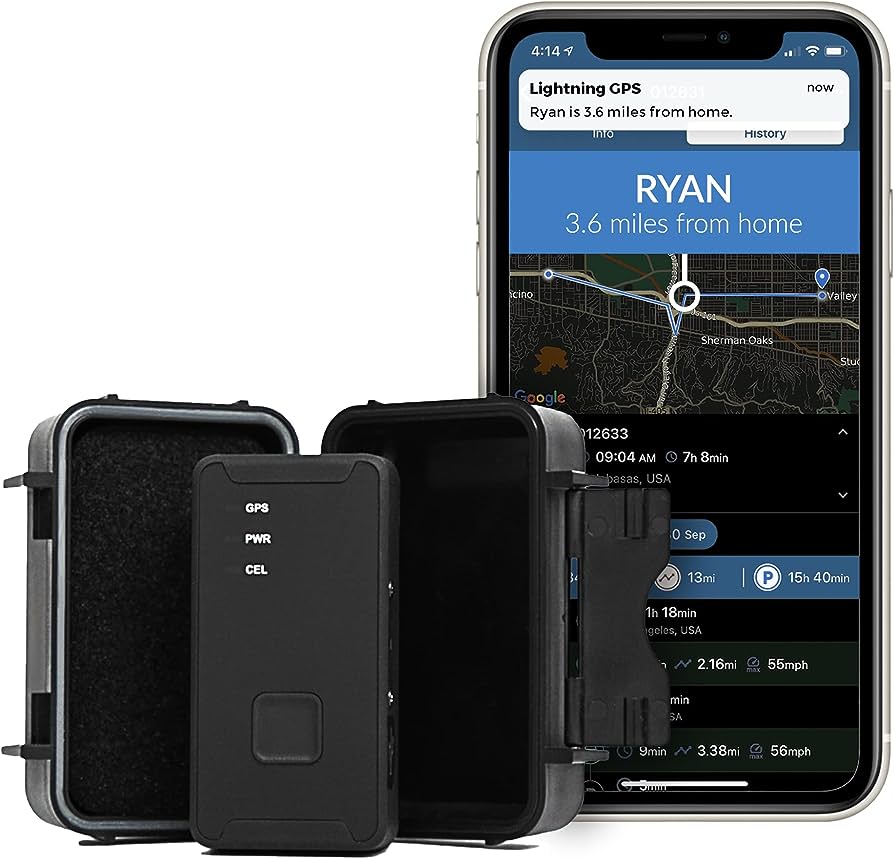To track a license, use an online license tracking tool or contact the appropriate licensing agency for information. Keeping track of licenses is essential for businesses and individuals to ensure compliance with legal requirements.
There are various methods to effectively track licenses, such as using online license tracking tools or directly contacting the licensing agency responsible for issuing the license. These tools and agencies provide up-to-date information on the status, renewal dates, and any additional requirements related to the license.
By staying informed about license expiration dates and any necessary actions, individuals and businesses can avoid penalties and maintain legal compliance.
Step 1: Identify The Licenses To Track
Step 1 involves identifying the licenses that need to be tracked. This crucial step ensures that you have a clear understanding of the licenses in use and allows you to effectively monitor and manage them.
Review existing licenses:
- Take stock of all the licenses your company currently holds. These can include software licenses, patent licenses, copyright licenses, and any other licenses relevant to your business operations.
- Assess the terms and conditions of each license. Familiarize yourself with the specific rights and permissions granted, as well as any restrictions or limitations.
Determine critical licenses:
- Identify the licenses that are essential for your business operations. These licenses are typically those that directly impact your ability to offer products or services to your customers.
- Consider the licenses that are crucial for legal compliance, protecting intellectual property, or granting necessary permissions.
- Prioritize licenses that have significant financial implications or are vital for maintaining customer trust and satisfaction.
Assess license tracking requirements:
- Determine the level of detail needed to track each license effectively. This may include tracking expiration dates, renewal notices, compliance obligations, and any other relevant information.
- Consider the frequency at which each license needs to be reviewed and updated. Some licenses may require regular monitoring, while others may be more static in nature.
- Determine roles and responsibilities for license tracking within your organization. Designate individuals or teams responsible for monitoring and ensuring compliance with each license.
Establish a centralized system:
- Create a centralized system for tracking and managing all licenses. This can be a spreadsheet, a dedicated software tool, or a cloud-based solution.
- Ensure that the system is easily accessible to relevant stakeholders and is regularly updated with the latest license information.
- Implement appropriate notifications and reminders to ensure timely actions such as renewing licenses or addressing compliance requirements.
By effectively identifying the licenses to track and establishing a robust tracking system, you can ensure that your business remains compliant and maintains a strong legal standing. Stay tuned for Step 2, where we will delve into the process of organizing and documenting license information.
Step 2: Choose A License Tracking System
For effective license tracking, the next step is to choose a reliable and efficient license tracking system. This system will help you keep track of all your licenses and ensure compliance with legal requirements. Find the right one that suits your needs and helps simplify the process.
License tracking is an essential aspect of managing software licenses effectively. Once you have determined your licensing needs, the next step is to choose a license tracking system that suits your requirements. With so many options available in the market, it can be overwhelming to make the right choice.
In this section, we will explore the types of license tracking systems and the factors to consider when choosing one.
Types Of License Tracking Systems:
- Spreadsheet-based systems:
- Simple and cost-effective option for small businesses.
- Requires manual data entry and updates.
- Limited scalability and prone to human error.
- On-premise software:
- Offers more functionalities and features than spreadsheet-based systems.
- Requires installation and maintenance on your own servers.
- Provides centralized control and automation of license management processes.
- Cloud-based systems:
- Hosted on remote servers, eliminating the need for on-premise installation.
- Accessible from anywhere with an internet connection.
- Offers scalability, regular updates, and improved collaboration capabilities.
- Integrated IT asset management systems:
- Provides comprehensive tracking of software licenses along with other IT assets.
- Offers features like license compliance management, software deployment, and reporting.
- Allows for a holistic approach to managing your IT assets.
Factors To Consider When Choosing:
- Scalability:
- Ensure the system can accommodate your current and future license tracking needs.
- Consider the number of licenses you need to track and whether the system can handle it.
- Integration capabilities:
- Determine if the system can integrate with other tools and systems you use, such as software deployment or procurement systems.
- Smooth integration can streamline your license management processes.
- User-friendliness:
- Look for an intuitive interface and user-friendly features.
- Consider the learning curve for your team members who will be using the system.
- Compliance management:
- Check if the system provides automated license compliance monitoring.
- Ensure it alerts you of any non-compliance issues to avoid penalties or legal troubles.
- Reporting and analytics:
- Evaluate the system’s reporting capabilities.
- Determine if it provides detailed insights into license usage, expiration dates, and renewal reminders.
- Support and updates:
- Research the vendor’s reputation for customer support and regular updates.
- Ensure you will have access to technical assistance whenever needed.
Choosing the right license tracking system is crucial for ensuring license compliance and optimizing software usage. Evaluate your specific needs, compare options, and select a system that aligns with your organization’s goals and resources.
Step 3: Implement The License Tracking System
Implementing a license tracking system is an essential step in efficiently monitoring and tracking licenses. This ensures compliance, prevents unauthorized usage, and helps businesses optimize licensing costs.
Now that you have determined the license tracking method that best suits your needs, it’s time to put it into action. Follow these steps to implement an efficient license tracking system:
Set Up The System
- Choose a reliable software or tool: Select a software or tool that is specifically designed for license tracking. Look for features such as license expiration notifications, centralized data storage, and easy search functionalities.
- Customize the system according to your business needs: Tailor the software or tool to your specific requirements. This may include setting up categories, creating custom fields, or defining user roles and permissions.
- Integrate the system with existing processes: Ensure the license tracking system seamlessly integrates with your current workflow. This could involve linking it with project management tools, email platforms, or other relevant systems.
Enter License Details
- Input all license information: Enter the details of each license into the tracking system. Include essential data such as license type, start and expiration dates, vendor information, renewal reminders, and any supporting documents.
- Categorize licenses: Organize licenses into specific categories or groups based on common characteristics. This will make it easier to locate and manage licenses efficiently.
- Assign ownership responsibilities: Assign license ownership to specific individuals or teams within your organization. Clearly define who is responsible for monitoring license usage, renewals, and compliance.
- Regularly update information: Keep the license tracking system up to date by entering any changes or updates as soon as they occur. This will ensure accurate and reliable data for future reference.
Implementing a comprehensive license tracking system is crucial for organizations of all sizes. It helps maintain compliance, prevents costly fines or penalties, and ensures optimum utilization of software licenses. By following these guidelines and investing in an effective tracking system, you can streamline your license management process and stay in control of your software assets.

Credit: www.caranddriver.com
Step 4: Regularly Update And Maintain The License Tracking System
Step 4 in the process of tracking licenses is to regularly update and maintain the license tracking system. This is crucial for ensuring accurate and up-to-date information, as well as complying with legal requirements. By consistently maintaining the system, businesses can avoid any issues or complications that may arise from outdated or incorrect license information.
Keeping your license tracking system up-to-date is crucial for managing licenses effectively and ensuring compliance. Follow these steps to maintain an accurate and efficient license tracking system:
Schedule Routine Checks:
Regularly check and update the license tracking system to ensure that all license information is current. Consider implementing a schedule to streamline this process:
- Conduct weekly or monthly audits of the license records to identify any expired or expiring licenses.
- Set reminders for license renewals, allowing ample time for the necessary actions to be taken.
- Assign designated personnel to oversee the license tracking system and hold them accountable for regular updates and maintenance.
Ensure Accurate Information:
Accurate data is essential for effective license tracking. Take the following measures to maintain accurate information within your tracking system:
- Double-check license details upon initial entry into the system, ensuring that all information is correctly recorded.
- Regularly verify the accuracy of license details by cross-referencing them with physical copies or online databases.
- Document any changes or updates made to license information, including renewal dates, revisions, or additional licenses obtained.
By scheduling routine checks and ensuring accurate information, you can keep your license tracking system up-to-date and facilitate smooth license management. Maintaining an efficient and accurate system minimizes the risk of non-compliance and allows for prompt action when licenses require renewal or updating.
Step 5: Utilize Reporting And Analytics
Track the progress and effectiveness of your license utilization with reporting and analytics. Gain valuable insights and data to optimize your licensing strategy and ensure maximum efficiency.
Reporting and analytics are essential components for effectively tracking licenses. By generating reports and analyzing data, you can gain valuable insights into the licensing process and its impact on your business. Here’s how you can make the most out of this step:
Generate Reports:
- Generate regular reports: Set up a schedule to generate reports on a regular basis, whether it’s weekly, monthly, or quarterly. This will help you track license-related activities and identify trends over time.
- Include key metrics: Ensure that your reports include key metrics such as the number of licenses issued, licenses renewed, and licenses revoked. These metrics will provide a comprehensive overview of licensing activities.
- Monitor license utilization: Keep a close eye on license utilization to identify any potential over- or underutilization. This will help optimize license allocation and avoid unnecessary costs.
- Customize reports: Tailor your reports to meet your specific requirements. Customize them to include additional metrics or insights that align with your business goals.
Analyze Data:
- Identify patterns and trends: Analyze the data from your reports to identify patterns and trends in license uptake, usage patterns, and customer behavior. This will help you make informed decisions about licensing strategies and opportunities for growth.
- Gain insight into customer preferences: Analyzing data can provide valuable insights into customer preferences for certain license types or features. This information can guide your product development and marketing efforts.
- Identify potential issues: By closely examining the data, you can uncover any potential issues or bottlenecks in the licensing process. Addressing these issues promptly can enhance customer satisfaction and streamline operations.
- Measure the effectiveness of licensing campaigns: If you run marketing campaigns to promote license sales, analyzing the data will allow you to measure their effectiveness. This will help refine your marketing strategies and improve future campaigns.
- Make data-driven decisions: Utilize the insights gained from reporting and analytics to make data-driven decisions regarding licensing strategies, pricing models, and customer segmentation.
By harnessing the power of reporting and analytics, you can track license activities effectively and optimize your licensing process. Stay informed, make informed decisions, and drive your business towards success.
Establish Standardized Procedures
To effectively track license usage, it is essential to establish standardized procedures. By implementing a consistent approach, businesses can easily monitor and manage licenses, ensuring compliance and optimizing their operations.
Tracking licenses can be a complex task, but establishing standardized procedures can greatly streamline the process and ensure accuracy and consistency. By implementing consistent methods and clear documentation, you can track licenses effectively and efficiently. Here are some key steps to consider:
Consistent Methods
- Create a centralized system: Establish a central location or database where all license information can be recorded and accessed by relevant team members.
- Assign responsibility: Designate specific individuals or teams responsible for managing and tracking licenses, ensuring accountability and a systematic approach.
- Develop a standardized checklist: Create a comprehensive checklist that outlines the required information for each license, such as renewal dates, terms, and any associated documents. This will help ensure that all necessary details are captured consistently.
- Implement regular audits: Conduct periodic audits to review license records and verify their accuracy. This practice can help identify any discrepancies or potential issues early on.
Clear Documentation
- Capture vital details: Document all pertinent information related to each license, including vendor names, agreements, and contact information. This will enable easy reference and quick retrieval when needed.
- Use consistent naming conventions: Develop a naming convention to organize and label license documents consistently. This will aid in efficient searching and retrieval of specific licenses.
- Maintain a record of communications: Keep a log of any correspondence related to license renewals or changes, including emails, phone calls, and other forms of communication. This documentation will serve as a valuable reference and provide a clear record of any discussions or agreements.
- Securely store license documentation: Ensure that all license documents are stored securely, whether in a physical or electronic format. Implement appropriate security measures to protect sensitive information from unauthorized access.
By establishing standardized procedures for tracking licenses, you can simplify the process and reduce the risk of oversight or errors. Consistent methods and clear documentation play a crucial role in ensuring compliance and effectively managing licenses for your organization.
Train Employees On License Tracking
Train employees on how to effectively track licenses and stay compliant with this comprehensive training program. Stay updated and organized with license tracking to ensure smooth operations and avoid any legal complications.
Tracking licenses is a crucial aspect of ensuring compliance in your organization. By properly training your employees on license tracking, you can minimize risks, avoid legal complications, and maintain a streamlined workflow. Here’s why training is essential in this process:
Importance Of Compliance
- Compliance: Emphasize the significance of adhering to licensing regulations and requirements to protect your business from legal consequences.
- Avoid penalties: By training employees on license tracking, you can help prevent costly fines and penalties associated with non-compliance.
- Reputation: Maintaining compliance enhances your reputation as a responsible and trustworthy organization, which can attract more clients and boost your competitive edge.
Proper Use Of The Tracking System
- Introduce the system: Educate employees about the license tracking system you have implemented and its purpose.
- Access and navigation: Train employees on how to access and navigate the tracking system effectively to ensure accurate and up-to-date license information.
- Inputting data: Guide employees on how to enter license details correctly into the system, including relevant expiration dates and renewal reminders.
- Regular updates: Stress the significance of regularly updating the tracking system as licenses are renewed or modified.
- Communication channels: Establish clear communication channels for employees to report changes or updates regarding licenses, encouraging a collaborative effort in license tracking.
By providing comprehensive training on license tracking to your employees, you empower them to contribute actively to compliance efforts. This training results in improved efficiency, minimized risks, and a proactive approach towards license management. Together, these efforts create a solid foundation for your business’s success and longevity.
Remember, ongoing training and reinforcement of best practices are crucial to ensure continued compliance. Embed a culture of responsibility and accountability within your organization by keeping license tracking at the forefront of employee training and development initiatives.
Regular Audits And Reviews
Regular audits and reviews offer an effective way to track licenses, ensuring compliance and avoiding any legal issues. Keeping a close eye on license usage helps businesses stay organized and maintain control over their software and intellectual property assets.
Perform Periodic Audits:
Regular audits and reviews are essential for effectively tracking licenses and ensuring compliance with licensing agreements. By performing periodic audits, businesses can identify any potential issues and take proactive steps to address them. Here are some key steps to consider:
- Establish a schedule: Set up a recurring schedule for conducting audits, which can vary based on the size and complexity of your organization. This will help you maintain consistency in tracking licenses and avoid any lapses in compliance.
- Create a checklist: Develop a comprehensive checklist that outlines the specific licenses and agreements you need to review during each audit. This will ensure that nothing gets overlooked and all licenses are accounted for.
- Review license terms: Carefully examine the terms and conditions of each license to ensure that you are adhering to all the requirements. Pay attention to details such as the number of users, allowed installations, usage restrictions, and renewal dates.
- Compare licenses with assets: Match the licenses with the assets they cover to confirm that all software, equipment, or intellectual property is properly licensed. This step helps identify any potential gaps or mismatches.
- Track license usage: Keep a record of the licenses being used and by whom. This tracking process will help you identify instances of underutilization or overutilization, enabling you to optimize license allocations.
- Document findings and actions: Document any issues or discrepancies discovered during the audit, as well as the actions taken to address them. This documentation provides a record of compliance efforts and can be useful for future audits.
- Maintain communication: Regularly communicate with the relevant stakeholders, such as IT administrators, managers, and legal teams, to ensure that everyone is aware of the importance of license tracking and compliance.
By following these practices and conducting regular audits and reviews, businesses can efficiently track their licenses, minimize compliance risks, and ensure that they are operating within the boundaries set by licensing agreements.
Frequently Asked Questions On How To Track License
How Do I Check The Status Of My Texas Drivers License?
To check the status of your Texas driver’s license, visit the Texas Department of Public Safety website.
How Long Does It Take To Get My Texas Drivers License?
It usually takes about six to eight weeks to get your Texas driver’s license.
How Long Does It Take To Receive Texas Drivers License In The Mail?
It typically takes about 3 to 4 weeks to receive your Texas driver’s license in the mail.
Can I Check My Nc Drivers License Status Online?
Yes, you can check your NC driver’s license status online.
Conclusion
Tracking licenses can be an essential task for individuals and businesses alike. By implementing the right tools and strategies, you can effectively monitor and manage your licenses, ensuring compliance and avoiding any legal repercussions. Utilizing software solutions specifically designed for license tracking can streamline the process and provide real-time data, enabling you to stay informed and organized.
Additionally, establishing clear and efficient record-keeping practices, such as maintaining a centralized database and implementing regular audits, can contribute to a smooth license tracking system. Remember to stay proactive in your approach, regularly updating and renewing licenses to avoid any gaps in coverage.
By implementing these strategies and tools, you can take control of your licensing needs, ensuring compliance and peace of mind for your business or personal ventures. Stay knowledgeable, stay organized, and stay on top of your license tracking responsibilities for a successful and law-abiding journey.
- What Is the 11 Hour Limit: A Comprehensive Guide - June 7, 2024
- What Happens if You Drive on a Suspended License in Virginia - June 7, 2024
- Wilcox Justice Court Overview: Online Services & Legal Proceedings - June 6, 2024



